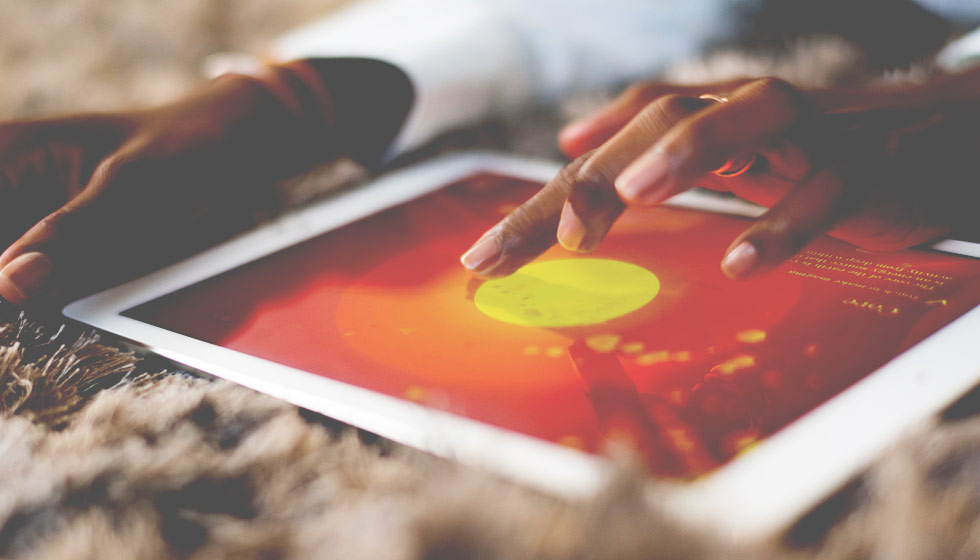How Apple Can Reverse iPad Sales Decline

iPad sales decline but Apple’s latest commercial touts that “Everything Changes with iPad”. iPad is a magical device but its magic is almost neglected on purpose.
iPad sales decline because of iPad’s screen size, lack of real iPad apps and connectivity. The iPhone 6 and iPhone 6 Plus might cannibalise iPad sales but that’s not the real problem.
iPad – Everything Changes with iPad But iPad Sales Decline
https://www.youtube.com/watch?v=SgxsmJollqA
Look at the latest Apple video for the iPad. Titled “iPad – Everything Changes with iPad” the video promotes iPad for
- Cooking
- Travelling
- Small Business
- Redecorating
- Learning
Anyone with an iPhone can do pretty much the same things. All user cases highlighted in the video focus on verticals that aren’t specific to the iPad or as popular as iPhone apps like Instagram or Dropbox. There is no mainstream audience that can drive iPad sales for a unique iPad experience. Not right now at least.
iPad Bigger Screen Is Just A Big Screen
iPad’s bigger screen goes unused. Yes, you read that right. When compared to smartphones, iPad’s bigger screen is utilized with a traditional mindset. That’s a big problem. Sure you get more space for more photos and drawing and lists and text but that’s it.
The problem existed before even the iPad was an actual product. Look at TV screens and movie theaters. Big or massive screens offer the same content in higher resolutions. That’s it. Nothing more.
The human eye is almost saturated with 2D information and 3D is just around the corner [1]. Since iPad will not jump to 3D anytime soon, new apps need to really take advantage of iPad’s bigger screen. New layouts and information flows. Enough with all the extra space filled with more photos, text, lists and white space.
Davide Casali provides a great example of iPad’s UI and UX issues.
iPad Apps Are Not Better Than iPhone Apps
Don’t get me wrong. iPad apps are designed specifically for the iPad. They take advantage of the bigger screen and iPad’s UI and UX but in a very traditional way. Still the functionality and the experience of the iPad apps is pretty much the same when compared to the equivalent iPhone apps. Dropbox and Evernote offer the same experience and features on iPad and iPhone.
The same design principles apply to all apps with the exception of medical, creative and kids apps. Unfortunately the audience for this kind of apps is limited. Not mainstream. iPad needs mainstream apps that offer more on iPad than they do on iPhone. This is one major issue for iPad sale decline. iPad really suffers from that. Hopefully iOS 9 will come with fixes around this problem.
iPad Cellular Models Introduce A Connectivity Barrier
Which bring me to the third and last issue. Connectivity. Being connected is important. iPad Cellular models cost a lot more than a traditional iPad and offer no significant advantage over an iPhone. Sure the screen is bigger but it’s not used to its full advantage and the apps offer no significant functionality over the iPhone apps.
The majority of iPad users rely on WiFi for connectivity. An iPhone can be used as a hotspot but why to initiate a connection to use the iPad when iPhone apps offer similar functionality?
Apple can certainly reverse iPad sales decline. The new features rumoured for iOS 9 include functionality for split-screen iPad app views. This one feature will make things better but it’s still up to iPad apps developers to design better apps. The ideal solution would be for iPad apps to utilize the iPad screen beyond the conventional way. Apple is changing things in iOS 9 and would probably boost iPad sales to fight the iPad sales decline.
